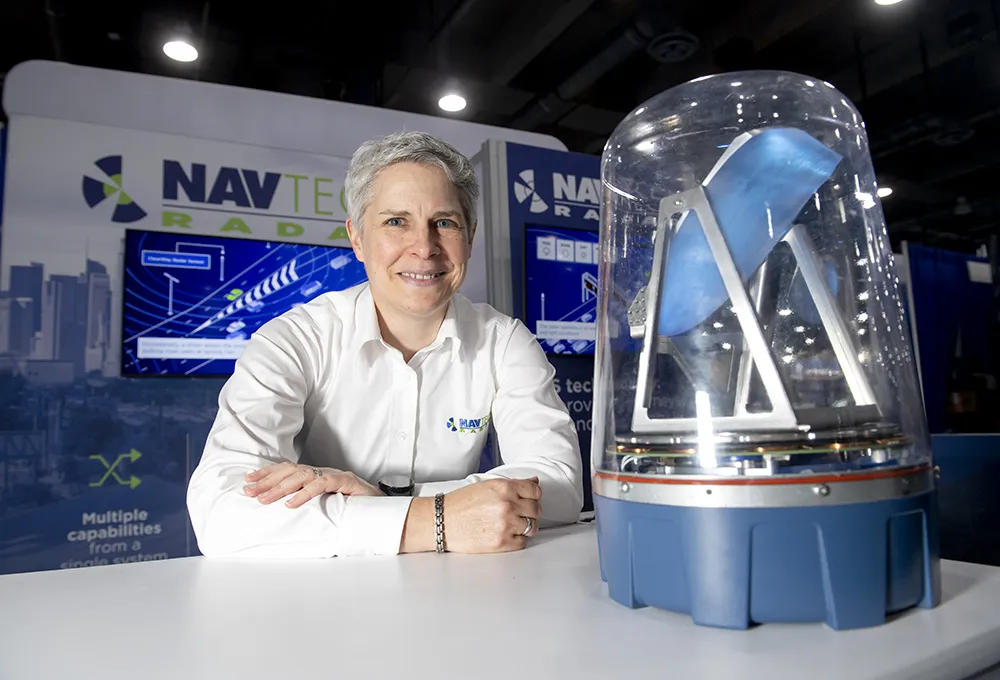The world’s ageing population requires more attention to be paid to the needs of older, and sometimes not that old, drivers – particularly when it comes to lighting. For instance the minimum amount of light a person needs to see doubles every decade after they are 25, so a 75-year old may need 32 times the illumination level as somebody a third of their age. It would seem logical that street lighting and car designers would consider their work from other road users’ point of view but empirical evidence appe
February 23, 2015
Read time: 3 mins

The world’s ageing population requires more attention to be paid to the needs of older, and sometimes not that old, drivers – particularly when it comes to lighting. For instance the minimum amount of light a person needs to see doubles every decade after they are 25, so a 75-year old may need 32 times the illumination level as somebody a third of their age.
It would seem logical that street lighting and car designers would consider their work from other road users’ point of view but empirical evidence appears to show the contrary.
It is true that today’s roadside and in-vehicle lighting systems are more efficient, brighter and better focussed than ever before. The use of LEDs for street lighting has increased illumination levels on many roads while clever housing design has reduced scatter to keep the dark areas dark. At the same time,1731 BMW’s new i8 has ‘blue-laser’ diode headlights which are 1,000 times brighter than LEDs and illuminate the road up to 600metres ahead.
Brighter roads, better headlights and darker skies; problem solved. I beg to differ. Night-time myopia affects a large proportion of drivers over 40 years old (and can be a problem for short-sighted drivers of any age).
As a person’s low light sensitivity decreases with age, there is a corresponding increase in both the time taken to adapt to new light levels and sensitivity to glare. At the age of 15 the time taken for the eye to recover from glare is two seconds but at 65 it is nine.
So when drivers exit a section of now very brightly illuminated road, the low scatter design means the contrast between the lit and unlit areas is now even greater - which exacerbates, rather than accommodates, the problems of older drivers’ declining sight. In the nine seconds it can take the eyes of a 65-year old driver to become accustomed to the blackness outside an illuminated zone they will have travelled 120m at 50km/h (30mph) or almost 300m along a motorway.
Similarly on unlit roads, the new generation of ultra-bright headlights has increased problems caused by the glare from oncoming vehicles for all drivers and not just the elderly.
Surely the road authorities and vehicle designers must have a moral obligation and responsibility to consider road safety in the wider context.
It can’t be too difficult to include a few extra lamp posts with progressively lower illumination levels to aid the adjustment of a driver’s eyes – whatever their age. As for the car designers, well1844 Mazda may have a novel solution solution but if the is no accommodation for other road users visibility then legislation may be required.
Colin Sowman, Editor
It would seem logical that street lighting and car designers would consider their work from other road users’ point of view but empirical evidence appears to show the contrary.
It is true that today’s roadside and in-vehicle lighting systems are more efficient, brighter and better focussed than ever before. The use of LEDs for street lighting has increased illumination levels on many roads while clever housing design has reduced scatter to keep the dark areas dark. At the same time,
Brighter roads, better headlights and darker skies; problem solved. I beg to differ. Night-time myopia affects a large proportion of drivers over 40 years old (and can be a problem for short-sighted drivers of any age).
As a person’s low light sensitivity decreases with age, there is a corresponding increase in both the time taken to adapt to new light levels and sensitivity to glare. At the age of 15 the time taken for the eye to recover from glare is two seconds but at 65 it is nine.
So when drivers exit a section of now very brightly illuminated road, the low scatter design means the contrast between the lit and unlit areas is now even greater - which exacerbates, rather than accommodates, the problems of older drivers’ declining sight. In the nine seconds it can take the eyes of a 65-year old driver to become accustomed to the blackness outside an illuminated zone they will have travelled 120m at 50km/h (30mph) or almost 300m along a motorway.
Similarly on unlit roads, the new generation of ultra-bright headlights has increased problems caused by the glare from oncoming vehicles for all drivers and not just the elderly.
Surely the road authorities and vehicle designers must have a moral obligation and responsibility to consider road safety in the wider context.
It can’t be too difficult to include a few extra lamp posts with progressively lower illumination levels to aid the adjustment of a driver’s eyes – whatever their age. As for the car designers, well
Colin Sowman, Editor










